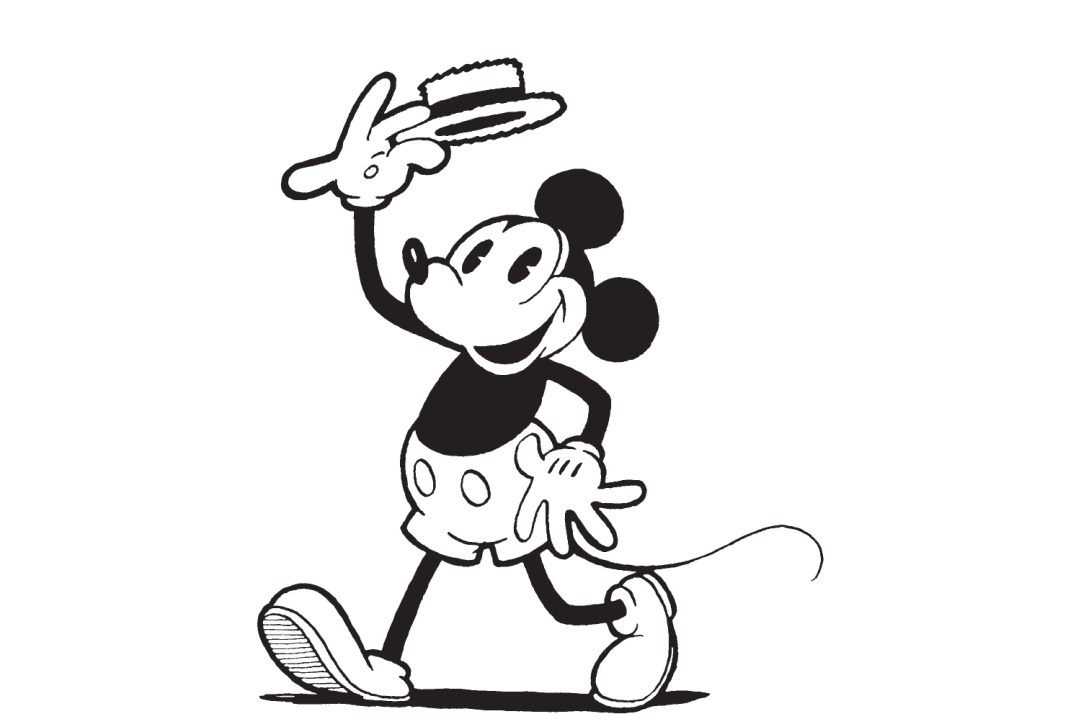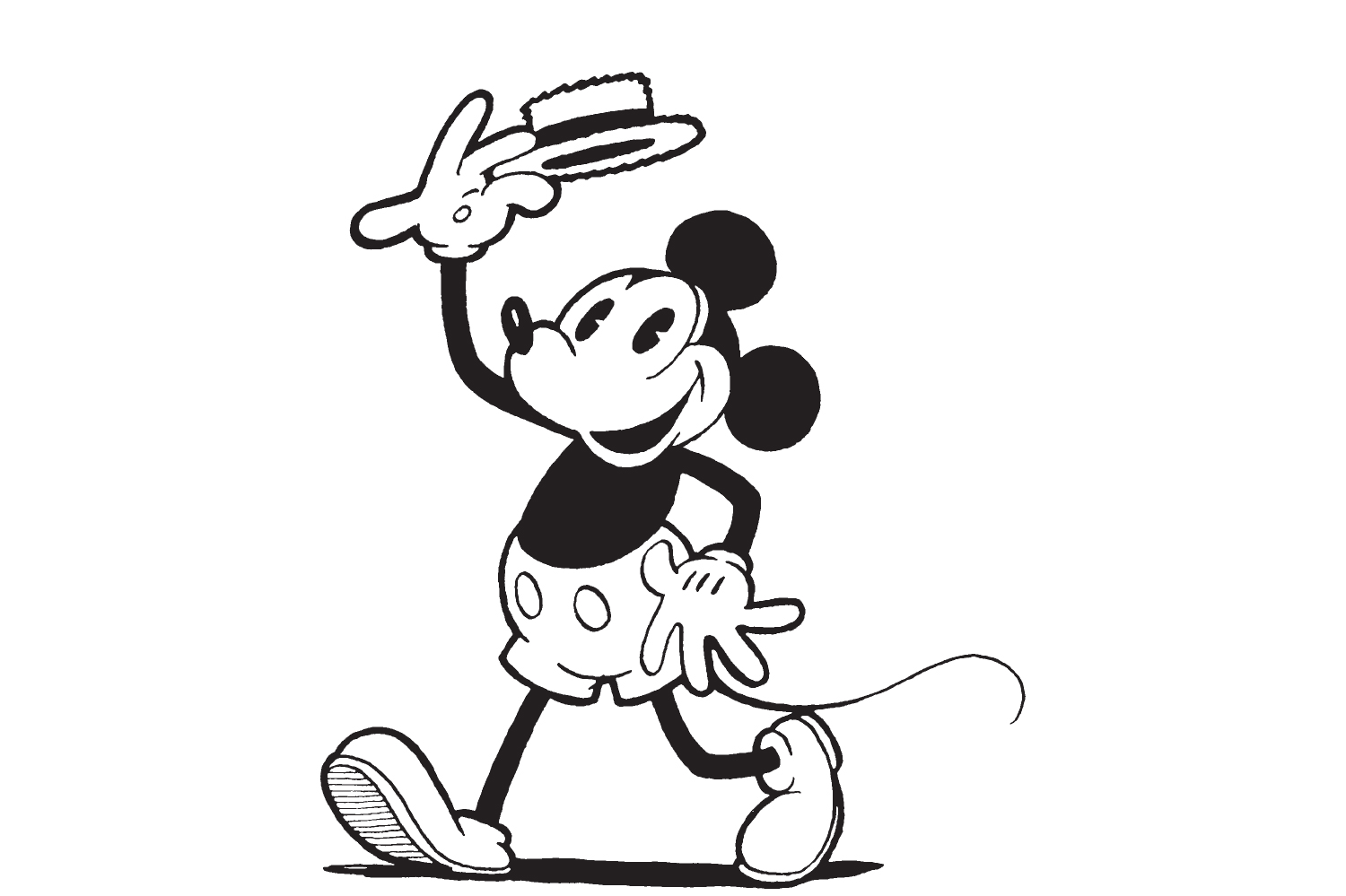This month marks the 100th anniversary of Walt Disney’s company. The first cartoons it was founded to produce – the animation/live-action shorts Alice Comedies – are largely forgotten, eclipsed not least by the resounding success of Mickey Mouse. Mickey Mouse grabbed much of the attention from the get-go, including that of several philosophers, sociologists and critical theorists, who perceived in him an emblem of the best and worst of the modern age.
Also celebrating its 100th anniversary this year is the founding text of western Marxism, Georg Lukacs’s History and Class Consciousness. A generation of disaffected, bourgeois intellectuals, adherents of what came to be known as the Frankfurt School (100 this year as well), absorbed Lukacs’s thesis about capitalism’s stranglehold on the world: how capitalism had captured the very essence of people, expunged any possibility of autonomous action and expelled all divine transcendence. The critical theorists alighted on Mickey Mouse, copyrighted in October 1928, as an emblematic poster boy of what they called reification, or how capitalism turned people into objects.
Benjamin insists that cheerful, ‘earth-circling’ Mickey Mouse is the embodiment of utopian aspirations
The Mickey Mouse who would soon become a trademark recognisable worldwide was, in the early years, more a feral, scrappy creature, with none of the later familiar wide eyes and curvy lines. This rat-like irritant on occasion abused and imperilled his equally earthy wife, Minnie, and set about working – or struggling – with the machine forms of the age: steamboats in Steamboat Willie, planes in Plane Crazy (both 1928). Brutal interpersonal relations – the result of work practices and economic rationality – and an alienating subjection to technology and its inhuman rhythms: these were the negative aspects of capitalism, as Lukacs taught, and for the critical theorists these aspects found graphic form in Disney animation.
The German cultural theorist Walter Benjamin read History and Class Consciousness in June 1924, and began to seek out the manifestations of modern culture that articulated what it was like to live in an alienated world.








Comments
Join the debate for just £1 a month
Be part of the conversation with other Spectator readers by getting your first three months for £3.
UNLOCK ACCESS Just £1 a monthAlready a subscriber? Log in